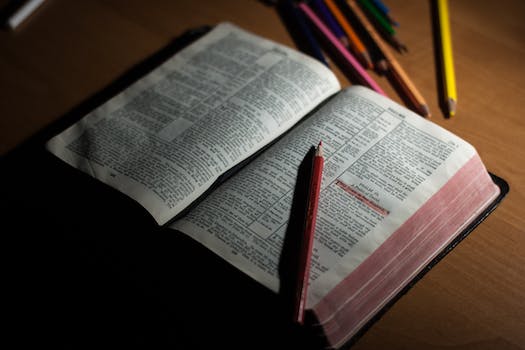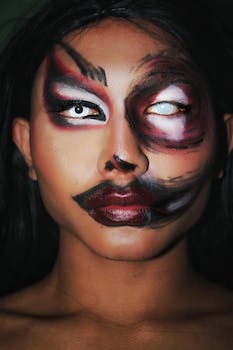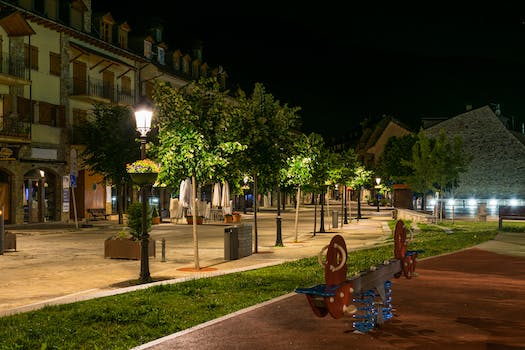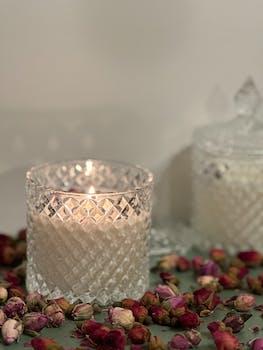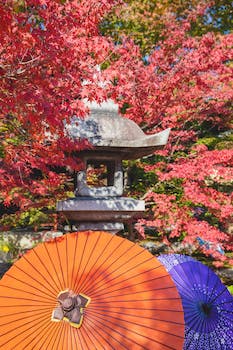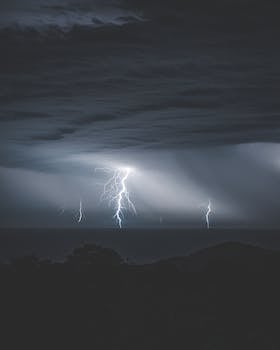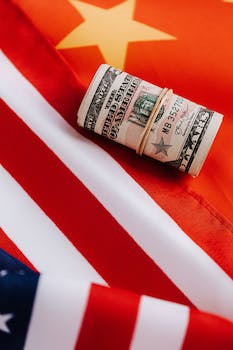

-
Table of Contents
"Reviving the enchantment of Kanon Wakeshima's EGL era, where elegance meets darkness."
Introduction
Kanon Wakeshima is a Japanese singer-songwriter and cellist known for her unique style and contribution to the Elegant Gothic Lolita (EGL) subculture. During her EGL era, Wakeshima gained popularity for her music and fashion choices, becoming an influential figure within the community. Her distinctive blend of classical music and dark, whimsical themes resonated with fans worldwide, leaving a lasting impact on the EGL scene.
The Influence of Kanon Wakeshima's EGL Style on J-fashion
Remembering Kanon Wakeshima's EGL Era
In the world of Japanese fashion, there have been many influential figures who have left a lasting impact on the industry. One such figure is Kanon Wakeshima, who rose to fame in the mid-2000s with her unique style known as Elegant Gothic Lolita, or EGL for short. Wakeshima's EGL era not only brought attention to this fashion subculture but also influenced the broader J-fashion scene.
EGL fashion is characterized by its blend of Victorian and Rococo elements with a dark, gothic twist. It is often associated with frilly dresses, lace, ribbons, and elaborate headpieces. Kanon Wakeshima's personal style perfectly embodied this aesthetic, and she became a prominent figure in the EGL community.
Wakeshima's influence on J-fashion can be seen in various aspects. Firstly, her music played a significant role in popularizing EGL fashion. As a singer-songwriter, Wakeshima's music often featured themes and lyrics that resonated with the EGL subculture. Her songs, such as "Still Doll" and "Suna no Oshiro," became anthems for EGL enthusiasts, further cementing her status as an icon.
Moreover, Wakeshima's fashion choices and collaborations with renowned designers helped bring EGL fashion into the mainstream. She frequently collaborated with popular Lolita fashion brands, such as Baby, The Stars Shine Bright and Angelic Pretty, creating limited-edition clothing lines that showcased her unique style. These collaborations not only introduced EGL fashion to a wider audience but also inspired other designers to incorporate elements of EGL into their collections.
Wakeshima's impact on J-fashion extended beyond her music and collaborations. She also played a crucial role in shaping the perception of EGL fashion through her visual presence. Her music videos and live performances often featured elaborate sets and costumes that perfectly captured the essence of EGL. These visuals not only showcased the beauty of EGL fashion but also inspired fans to embrace the style themselves.
Furthermore, Wakeshima's influence can be seen in the rise of EGL-inspired fashion trends. Many J-fashion enthusiasts, both in Japan and internationally, began incorporating elements of EGL into their own personal style. The popularity of Lolita fashion, in particular, skyrocketed during this time, with EGL-inspired outfits becoming a common sight at fashion events and gatherings.
Despite the passing of time, Kanon Wakeshima's EGL era continues to have a lasting impact on J-fashion. While the popularity of EGL fashion may have waned in recent years, its influence can still be felt in the broader J-fashion scene. Elements of EGL can be seen in various subcultures, such as Fairy Kei and Dolly Kei, which have emerged as new fashion trends.
In conclusion, Kanon Wakeshima's EGL era left an indelible mark on the world of J-fashion. Through her music, collaborations, and visual presence, she popularized EGL fashion and inspired countless individuals to embrace this unique style. While the EGL trend may have evolved over time, its influence can still be seen in the fashion choices of many J-fashion enthusiasts today. Kanon Wakeshima's legacy as an icon of EGL fashion will continue to be remembered and celebrated for years to come.
Exploring Kanon Wakeshima's Iconic Outfits from her EGL Era
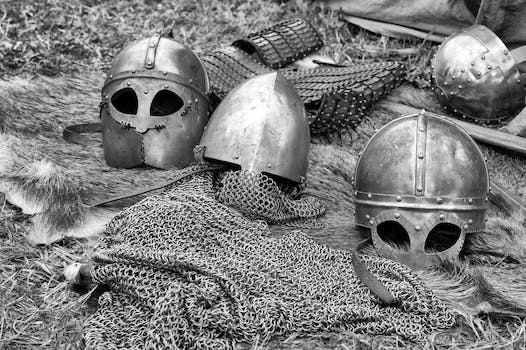
Kanon Wakeshima, a Japanese singer-songwriter and cellist, rose to fame in the mid-2000s with her unique blend of classical music and gothic Lolita fashion. Her distinct style, known as Elegant Gothic Lolita (EGL), became an iconic representation of her music and persona. In this article, we will explore some of Kanon Wakeshima's most memorable outfits from her EGL era, highlighting the influence she had on the fashion world.
One of Wakeshima's most recognizable outfits is the classic EGL silhouette. This style typically features a knee-length dress with a fitted bodice, puffed sleeves, and a full skirt. Wakeshima often opted for dark colors such as black or deep purple, which added to the gothic aesthetic. The dresses were often adorned with lace, ribbons, and intricate details, showcasing her attention to detail and love for all things Victorian.
To complete her EGL look, Wakeshima would pair her dresses with knee-high socks or stockings, often in contrasting colors. These socks were usually adorned with lace or bows, adding a touch of femininity to the overall ensemble. She would then finish off the look with platform shoes or boots, giving her an added height and a sense of elegance.
Wakeshima's accessories were just as important as her clothing choices. She often wore a variety of headpieces, such as bonnets or bows, to accentuate her hairstyle and add a whimsical touch to her outfits. These headpieces were often adorned with lace, ribbons, or even small flowers, further enhancing the EGL aesthetic.
In addition to her headpieces, Wakeshima would also wear a variety of jewelry to complete her look. Chokers, bracelets, and rings were often seen adorning her delicate hands and neck. These accessories were typically made from materials such as lace, velvet, or even cameos, adding to the Victorian-inspired theme of her outfits.
One of the most striking aspects of Wakeshima's EGL era was her use of makeup. She often opted for a pale complexion, achieved through the use of light foundation and powder. Her eyes were accentuated with dark eyeliner and mascara, giving her a doll-like appearance. To complete the look, she would often wear dark lipstick, adding a touch of mystery and allure to her overall aesthetic.
Wakeshima's EGL era not only influenced the fashion world but also left a lasting impact on her fans. Many individuals were inspired by her unique style and began incorporating elements of EGL into their own wardrobes. This led to the growth of the EGL subculture, with individuals embracing the elegance and beauty of this fashion movement.
Although Wakeshima has since transitioned away from her EGL era, her impact on the fashion world remains. Her iconic outfits continue to inspire designers and fashion enthusiasts alike, reminding us of the beauty and creativity that can be found in embracing unique and unconventional styles.
In conclusion, Kanon Wakeshima's EGL era was a time of creativity and self-expression. Her memorable outfits, characterized by the classic EGL silhouette, intricate details, and Victorian-inspired accessories, left a lasting impact on the fashion world. Through her unique style, Wakeshima inspired a generation of individuals to embrace their own individuality and explore the beauty of unconventional fashion.
Remembering Kanon Wakeshima's Impact on the Gothic Lolita Subculture
Remembering Kanon Wakeshima's EGL Era
The Gothic Lolita subculture has always been a fascinating and unique movement within the fashion world. With its blend of Victorian-inspired clothing, doll-like aesthetics, and a touch of darkness, it has captured the hearts of many individuals around the globe. One artist who played a significant role in popularizing this subculture is Kanon Wakeshima.
Kanon Wakeshima burst onto the scene in the mid-2000s, captivating audiences with her enchanting music and distinctive style. She quickly became an icon for the Gothic Lolita subculture, with her elegant outfits and ethereal music resonating deeply with fans. Wakeshima's impact on the subculture cannot be overstated, as she helped bring Gothic Lolita fashion and music into the mainstream.
One of the reasons why Wakeshima's influence was so profound is her ability to seamlessly blend music and fashion. Her music, characterized by haunting melodies and poetic lyrics, perfectly complemented the aesthetic of the Gothic Lolita subculture. Wakeshima's songs often explored themes of love, loss, and the bittersweet nature of life, resonating with fans who found solace in the subculture's romantic and melancholic atmosphere.
In addition to her music, Wakeshima's fashion choices also played a crucial role in shaping the Gothic Lolita subculture. She was known for her elaborate and meticulously crafted outfits, often featuring intricate lace, ruffles, and corsets. Wakeshima's style embodied the essence of the subculture, with her outfits exuding elegance, femininity, and a touch of darkness. Her fashion choices inspired countless individuals to embrace the Gothic Lolita aesthetic and express themselves through clothing.
Wakeshima's impact on the Gothic Lolita subculture extended beyond her music and fashion choices. She also actively engaged with her fans, creating a sense of community and belonging. Through social media platforms and fan events, Wakeshima connected with her audience, sharing her thoughts, experiences, and inspirations. This interaction fostered a sense of camaraderie among fans, who found solace and acceptance within the subculture.
Furthermore, Wakeshima's success paved the way for other artists to explore the Gothic Lolita subculture. Her popularity helped bring attention to the genre, leading to a surge of interest in both the fashion and music associated with it. As a result, more artists began incorporating elements of Gothic Lolita into their work, further solidifying its place in popular culture.
Although Wakeshima's EGL era may have come to an end, her impact on the Gothic Lolita subculture remains undeniable. Her music, fashion choices, and engagement with fans have left an indelible mark on the movement. Today, the subculture continues to thrive, with new artists and enthusiasts embracing its unique blend of elegance, darkness, and whimsy.
In conclusion, Kanon Wakeshima's contribution to the Gothic Lolita subculture cannot be overstated. Through her music, fashion choices, and engagement with fans, she helped popularize and shape the movement. Her influence continues to be felt today, as the subculture thrives and evolves. As we remember Wakeshima's EGL era, we celebrate her lasting impact on the Gothic Lolita subculture and the individuals who find solace and self-expression within it.
Q&A
1. Who is Kanon Wakeshima?
Kanon Wakeshima is a Japanese singer-songwriter and cellist.
2. What is the EGL era?
The EGL era refers to the period when Kanon Wakeshima was known for her Elegant Gothic Lolita (EGL) style of music and fashion.
3. When did Kanon Wakeshima's EGL era take place?
Kanon Wakeshima's EGL era took place from around 2008 to 2012.
Conclusion
In conclusion, Kanon Wakeshima's EGL (Elegant Gothic Lolita) era was a significant period in her career as a musician. Her unique blend of classical music and gothic aesthetics captivated audiences and established her as a prominent figure in the J-pop industry. Wakeshima's memorable fashion choices and hauntingly beautiful music continue to resonate with fans, making her EGL era a cherished part of her artistic journey.

